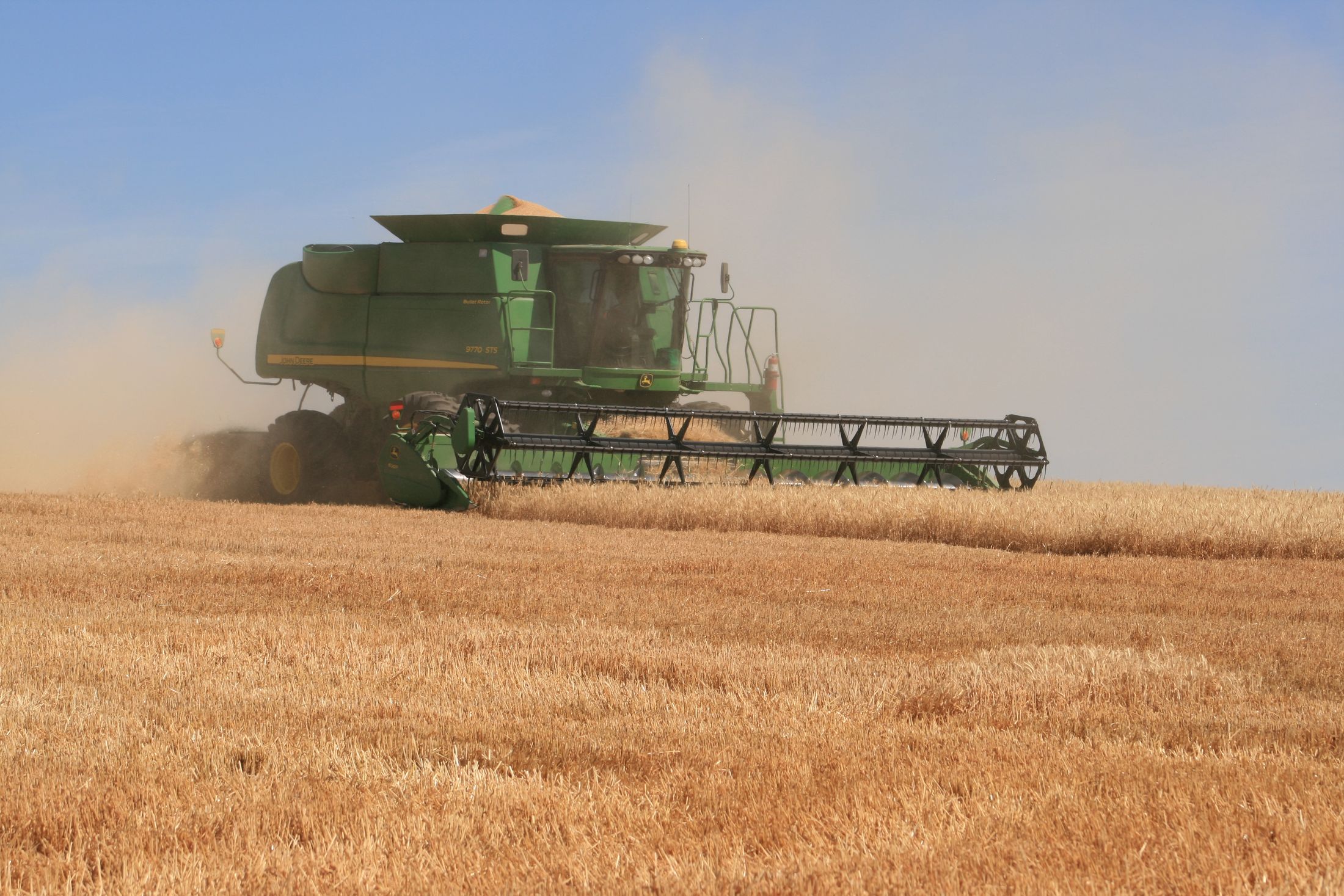Wheat Growers Count on Crop Insurance
 This year, America’s farmers and ranchers have faced one challenge after another. For wheat farmers in the west and Midwest, their crop is now threatened by severe drought conditions that could contribute to yield reductions or total crop loss.
This year, America’s farmers and ranchers have faced one challenge after another. For wheat farmers in the west and Midwest, their crop is now threatened by severe drought conditions that could contribute to yield reductions or total crop loss.
Thankfully, more than 90 percent of insurable planted acres are protected by crop insurance, including many of America’s more than 47 million acres of wheat.
Without crop insurance, “producers in these drought-stricken areas could lose their crops without any risk protection, which could drive those farming operations out of business,” wrote Dave Milligan, president of the National Association of Wheat Growers, in a recent op-ed for the High Plains Journal.
One wheat farmer in Kansas reported less than one and a half inches of rain in the last year. Others worry about the increased threat from wildfires.
Milligan is a Michigan wheat farmer himself and very familiar with the inherent dangers of farming and the nature of disasters like drought. He wrote that producers need to have reliable access to crop insurance to effectively manage their risks.
Farming is a risky business, and crop insurance is one of the most important policy tools that is relied on to mitigate risk…
As a crucial component for protecting producers and the feasibility of farming, crop insurance provides a risk management tool for unpredictable weather and assists producers in qualifying for the necessary operating loans to produce a crop. With this in consideration, any cuts or reduced access to crop insurance programs could be detrimental to farmers who rely on it to stay in business when disaster strikes.
Crop insurance has been so successful because it relies on a unique partnership between the federal government and the private crop insurance industry. This allows crop insurance to utilize private-sector efficiency to process claims and deliver payments quickly.
As Milligan makes a point of noting, farmers invest their own money into crop insurance:
Crop insurance is such an important policy tool for farmers that they invest their own money to purchase this protection. Farmers spend $3.5 to $4 billion per year to purchase crop insurance and bearing a significant portion of losses through deductibles. The federal government spends less than a quarter of 1% of its budget on farm safety net programs, making this a worthwhile investment to protect the world’s most affordable and safe food supply. Adequate funding of crop insurance should be a high priority for policymakers as agriculture is being hit with low prices, the effects of COVID-19, and other unpredictable disasters.
Milligan also cites the critical role that crop insurance plays in supporting the rural economies that depend on the income generated by farmers and ranchers. Because if America’s farms fail, their communities will be likely to crumble.
We hope that America’s wheat growers experiencing drought will soon see the rain they need. But no matter the storm – or the drought – crop insurance is here for America’s farmers and ranchers.
Source: National Crop Insurance Services
